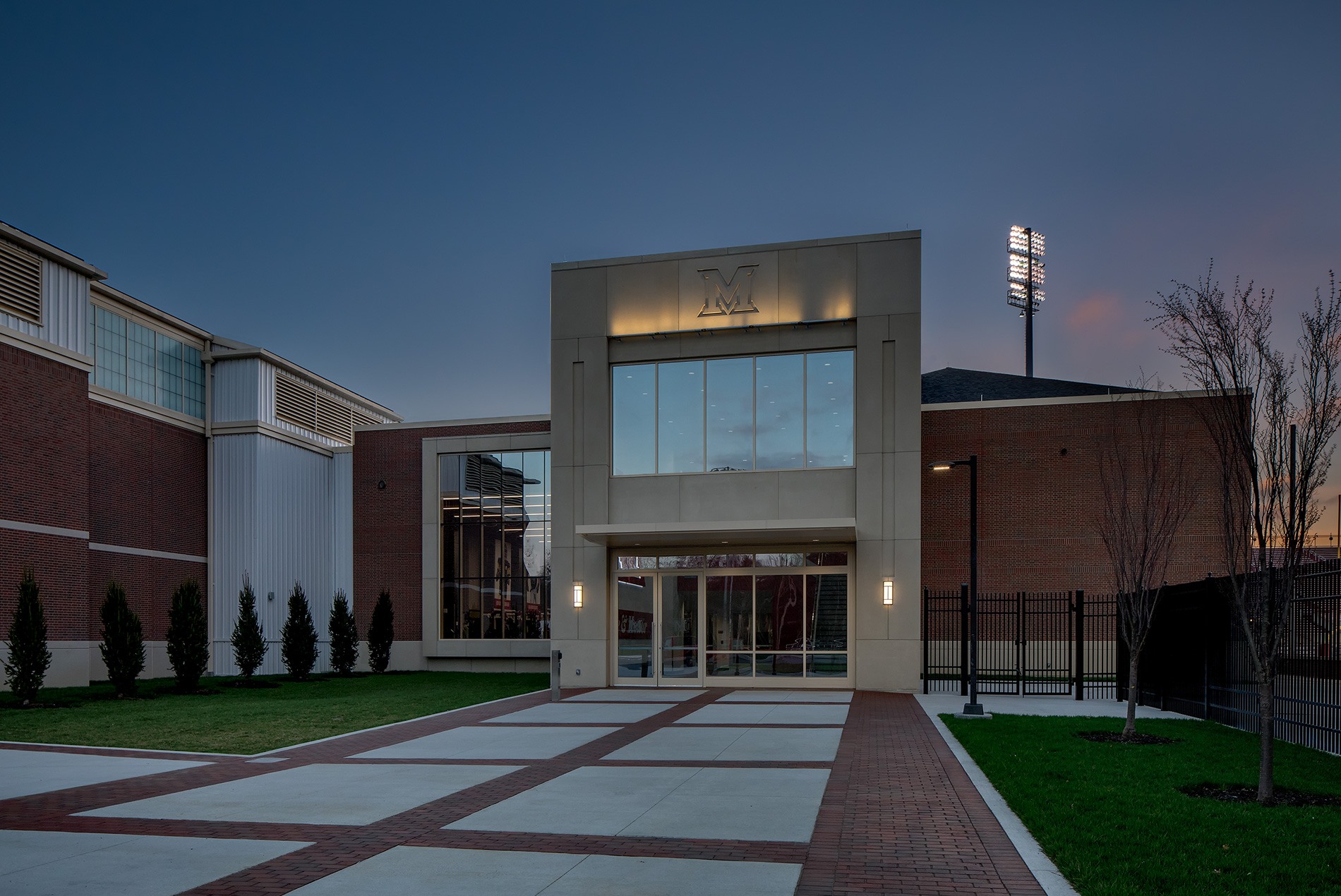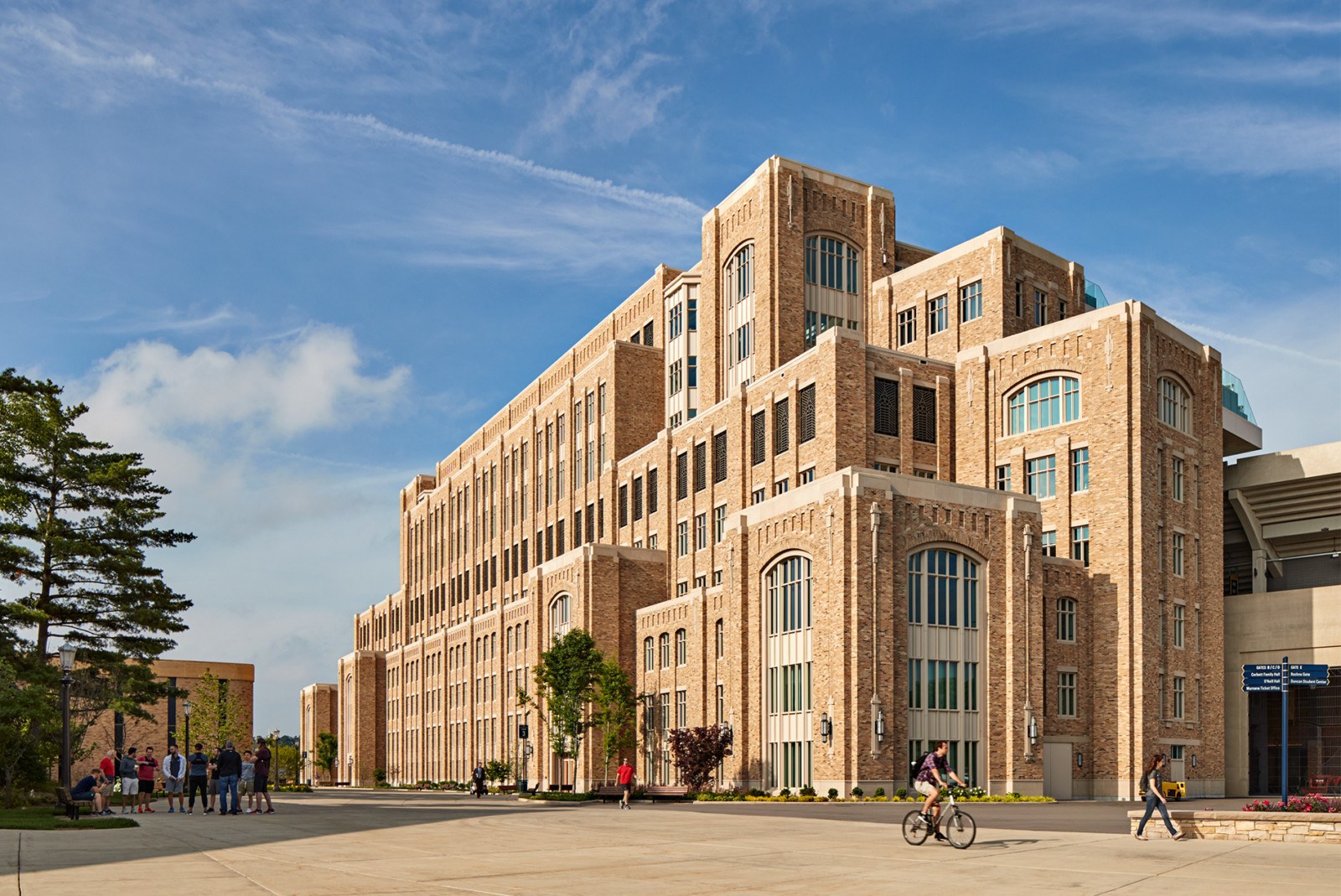The largely untapped synergies between separate and diverse programs on college campuses have the potential to change the way university facility projects are managed, financed and programmed.
In an article written for the November 2017 issue of College Planning & Management, Nate Appleman, AIA, director of HOK’s Sports + Recreation + Entertainment practice, describes the benefits of hybrid facilities on college campuses.
Excerpted from College Planning & Management:
As schools like Notre Dame and Wisconsin have shown, opportunities for collaboration between administrators and athletics can elevate collective campus facility needs to create projects that serve a broader set of students. But how does a school move toward creating one of these hybrid, multipurpose facilities?
The process can be challenging. A broad set of users must be engaged early to build consensus and better understand synergies and challenges. Campus architects and planners are often best equipped to lead the charge, orchestrating conversations with key decision makers and bridging potential silos well in advance of the project moving forward. Often, too, it takes bringing in early an outside design and consulting team that has experience on these types of projects and can help all stakeholders comprehend and imagine the full scope of the project.
“We often talk about the unprecedented value of spontaneous interactions in the research world. Campuses are no different,” says Chris DeVolder, managing principal of HOK’s Kansas City office, who has worked on numerous multipurpose facilities on college campuses, including Notre Dame’s Campus Crossroads. “When we bring professors from different fields together with researchers, administrators and athletes, we begin to uncover what’s best about universities—the diversity of thought processes and experiences.”

Miami University of Ohio’s Athletic Performance Center
Schools can better establish themselves as research institutions, for example, by bringing training, research and healthcare into one single facility that encourages interdisciplinary collaboration. Or, by the same token, a hybrid facility can create an unprecedented hub for student life by bringing together recreation, athletics, a student union and academics.
Forward-thinking universities that have embraced this hybrid approach to facility design recognize the campus master plan as a living document that can evolve with the needs of the university. Yes, it’s true that pooling resources can create new and sometimes surprising neighbors. These partnerships born from facilities projects can also pave the way for future collaborations that ultimately ensure the long-term health and viability of the college campus.
